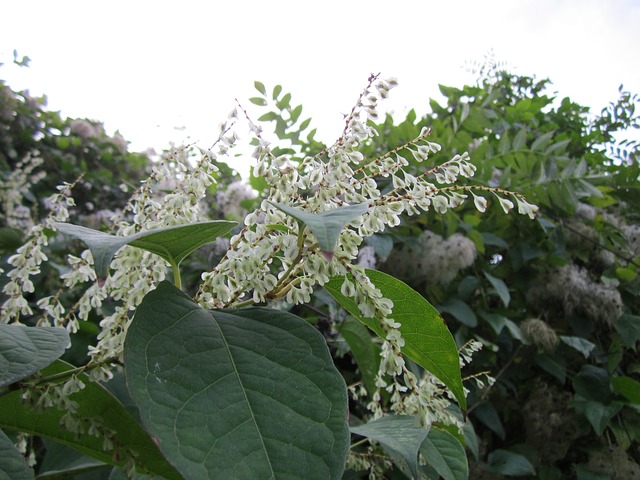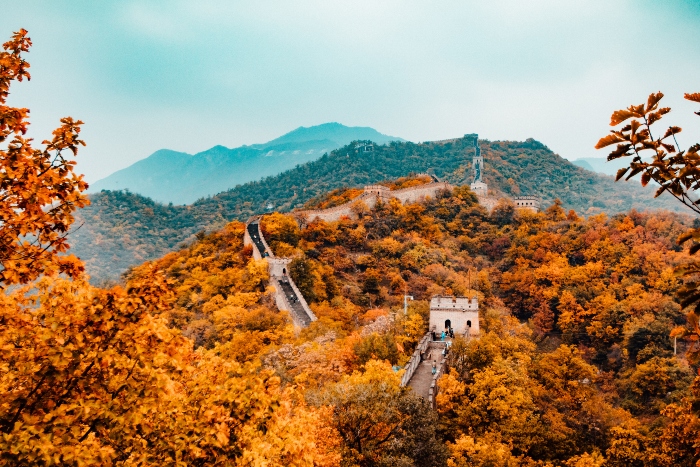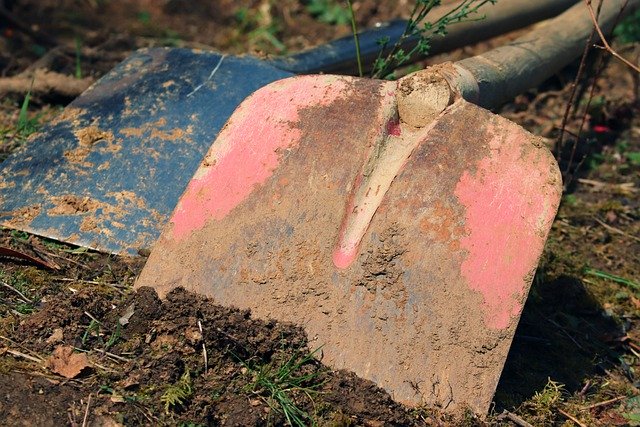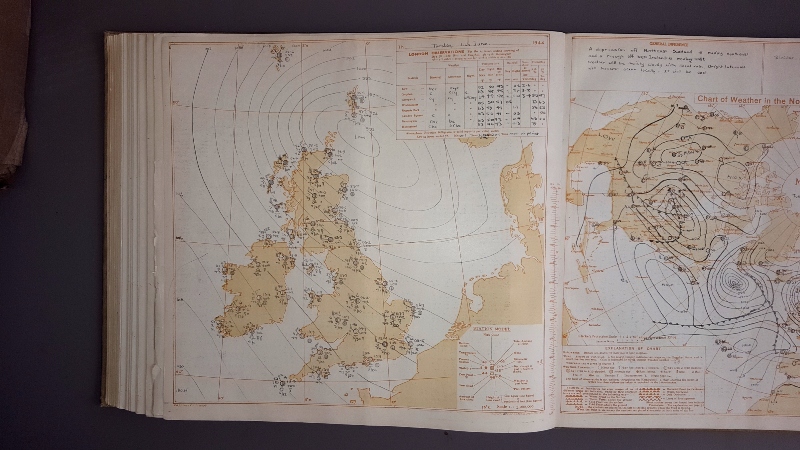
A housing association has come under fire after it allowed a Japanese knotweed plant to encroach on a neighbouring garden. Here's the full story...
The owner of a home in Peckham contacted his lawyer after spotting some Japanese knotweed emerging on his property. He had owned the terraced house for over 32 years and identified the invasive weed making its way into his garden.
More...

Today we take a look at a type of knotweed found not too far from its troublesome cousin Japanese knotweed - Chinese knotweed (Reynoutria multiflora).
More...

Japanese knotweed is an invasive plant species that's notoriously hard to control and treat. There are lots of different methods you can use to stop the spread of knotweed, but homeowners and gardeners are always on the lookout for new, effective methods to try.
One of the main hurdles faced when treating Japanese knotweed is making sure that the plant visible above ground and the roots and shoots underground are completely destroyed. After all, this is the only way you can prevent the knotweed problem from coming back in the future. A lot of the time, knotweed technicians remove excavated land knowing full well that remanence of the invasive weed could cause a problem later down the line, but there are very few ways of effectively killing the entire plant.
Researchers are trailing a soil treatment that uses high temperatures to eradicate the plant roots before the excavated soil is taken away from the site. It makes perfect sense when you think about it, plants require optimal temperature conditions if they’re going to thrive. Put them in an environment that’s too cold or too hot and they won’t be able to grow or develop at their usual rate.
Testing the effectiveness of heat on knotweed
The study carried out by two researchers; Van Gelder Aannemingsmaatschappij and Van den Herik Zuigtechniek involved soil from six known knotweed infestations being strained and treated using revolutionary mobile heating apparatus.
After the soil was heated, the researchers studied it for seven weeks to monitor whether any knotweed would grow from it or not. The results showed that straining and heating the soil reduced the number of vital fragments by an impressive 99%!
This is a soil treatment that is not yet being used in mainstream knotweed treatment but could really help to reduce the spread of knotweed from excavated soil in the future. Researchers indicated that this method would need to be combined with a suitable aftercare plan to make sure that no surviving shoots would cause problems later down the line – something that would need to be considered carefully before technicians tried this method.
If you have a Japanese knotweed problem that needs treating – take a look at the different treatment methods we offer. Alongside excavation and removal programs we also offer herbicide application programs to rid your property of this invasive weed for good!

Japanese knotweed is an invasive plant that can cause some serious damage to your garden and property if it goes undetected. To make sure that you don't have a Japanese knotweed problem, you should check your garden regularly. Japanese knotweed starts to make its presence known during the spring months, so this is a particularly important time for you to survey your garden.
We have a whole page that will help you identify Japanese Knotweed in your garden, but if you suspect you have Japanese knotweed and find yourself asking "do I have Japanese knotweed?" Here are a few things to look out for!
Spotting Knotweed in the Garden
When knotweed emerges in the spring, it looks like reddish-purple shoots (the thickness of asparagus). Often, as the stems develop they begin to take on a more dense, hollow appearance like bamboo. As you look along the length of the zig-zag stem you will see the iconic love-heart shaped leaves. During the warmer periods you might even see some pretty little white flowers, but don't be fooled! they're not a pretty garden feature to be enjoyed! You can see close up images of all these knotweed features over on our identification page.
There are a handful of plants that are often mistaken for Japanese knotweed, so this is worth bearing in mind too as you determine whether or not you have Japanese knotweed.
- Bindweed
- Russian Vine
- Bamboo
- Broadleaf Dock
All of these are knotweed impersonators, so keep your eyes peeled for these as you survey your garden.
Spotting Knotweed Damage
Knotweed is a quick-growing plant and can grow up to 10cm in a single day during the height of the growing season! It's capable of causing damage to buildings and structures as it targets weak points and forces its way into foundations and up drainpipes. Within a matter of weeks, it can ravage a garden, rip its way through a brick wall or destroy a wooden fence. It usually has a vast network of underground rhizomes that shoot off smaller plants all over your garden, so if you suspect you have knotweed, it's likely it will pop up in more places than one.
What to do if you think you have knotweed?
So, if you think you've spotted this ravenous Japanese plant in your garden, don't hesitate to give us a call! We specialise in identifying, treating and eradicating Japanese knotweed.
If you think that a neighbour has Japanese knotweed that might encroach on your property and cause damage, then we can also help you through your legal case. We offer a professional expert witness service that will help protect you and your home in the worst-case scenario.
Request a FREE Survey Now >
So, if you are asking "do I have Japanese knotweed", we hope that this blog has helped to make things a little clearer for you and provided you with the information that you need to sort out your potential infestation!

Recent research has uncovered some insightful stats regarding the Japanese knotweed hotspots in the UK, which could pose a worry to homeowners in Wales and the West. It has been revealed that the most serious Japanese knotweed hotspots reside along the west coast.
More...
